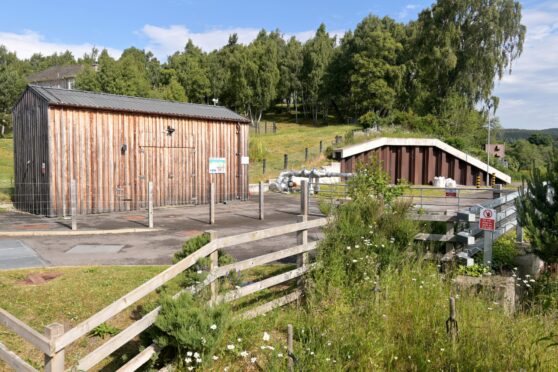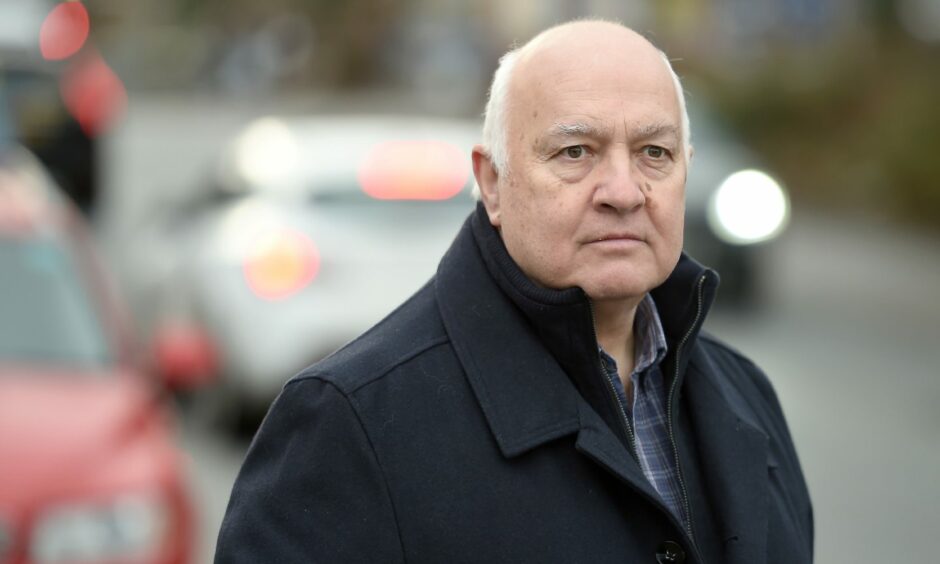Scottish Water proposed a range of measures designed to reduce odour from its waste treatment plant in Boat of Garten.
Local members were far from convinced, with Bill Lobban searching for a planning rule that would allow council to refuse the application.
However, planners said there were no grounds for refusal.
As such, south planning committee reluctantly granted the application.
‘Blot on the landscape’
This is the second time the Scottish Water planning application has come to south planning committee.
Back in June, members agreed to defer a decision until they could see – and smell – the site for themselves.
Boat of Garten locals have long complained of the stench from the waste treatment plant. One resident even took legal action.
They also raised concerns about noise levels during sludge removal.
Scottish Water attempted to address the issue with a new dosing kiosk and changes to the sludge draw-off point. They also proposed adding a small weather vane, timber cladding and anti-climb measures.
Their proposals didn’t impress the community, with nine objections going to Highland Council.
Mr Lobban slammed Scottish Water for not working harder to improve the site and secure local support.
He successfully lobbied for a site visit to allow members to see the plant in operation.
Site visit doesn’t shed much light
Unfortunately, Scottish Water wasn’t removing sludge on site when councillors showed up. Mr Lobban told committee:
“Whether by coincidence or design, all we saw was the pumping of liquid waste. What we did not see was the removal of the sludge, and that is where the noise was involved.
“I am not convinced that Scottish Water could not modify this site to make the discharge point less obtrusive. If they made a bit more effort we could have something more acceptable to the community.”
Planning officers clarified that Scottish Water removes sludge 12 times a year, and roughly one third of the time it has to use a lorry pump “to get the harder bits”.
This is where much of the noise comes from. Scottish Water’s proposals are intended to improve that, but Mr Lobban pressed the matter.
No planning basis for refusal
Vice-chairman Paul Oldham adjourned the meeting to allow Mr Lobban to work on a motion to refuse.
However, the Badenoch and Strathspey councillor was forced to withdraw his motion.
“It turns out that these situations could continue tomorrow or ad infinitum if required because there’s nothing in planning terms that could remove the situation that we have,” he explained. “I can’t produce a viable motion to refuse.”
Instead, members agreed to impose conditions on the planning permission. These include adding cladding to the new steel container, and dulling down the visual impact of the metal work on site.
With that, the committee agreed to grant the planning application.
Are you interested in more exclusive and breaking Highland and Islands news from the P&J? If so, why not join our dedicated Facebook page HERE



Conversation